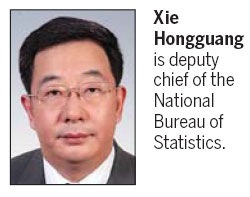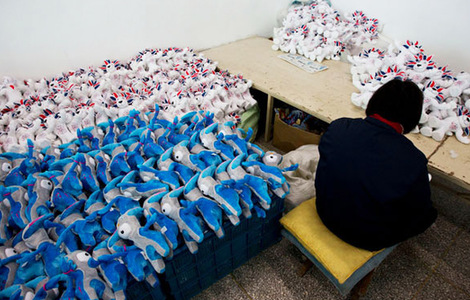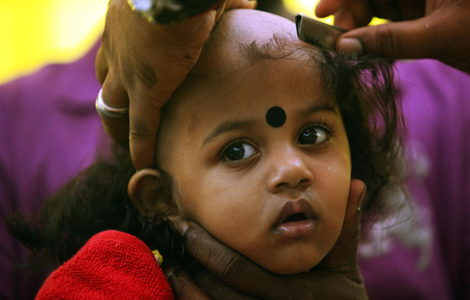Wealth gap survey to be published
Updated: 2012-02-07 07:19
By Chen Jia (China Daily)
|
|||||||||||

BEIJING - Urban and rural income surveys will be standardized amid plans to publish an internationally accepted measure of how wealth is distributed, a leading statistician said.
"The nationwide survey, which will provide basic data for China's Gini coefficient calculation, will cover about 140,000 urban and rural households, and the gathering and use of data will conform to international standards," Xie Hongguang, deputy chief of the National Bureau of Statistics (NBS), said.
The integrated urban-rural income data is scheduled to be published in 2013 to pave the way for the publication of a national Gini coefficient that can measure income inequality, Xie said.
The survey will be part of the Sino-Canadian statistics cooperative program. Statistics Canada has shared its experiences in collecting and processing data, Xie said.
Since 2000 the NBS has published a Gini coefficient that focused on rural income and that stood at 0.3897 in 2011.
The coefficient measures income distribution on a scale of zero to one. A reading of zero means perfect equality, everyone earning the same amount, while one represents the greatest inequality.
A reading of between 0.3 and 0.4 indicates a relatively reasonable income gap while an index between 0.4 and 0.5, signals a larger income gap.
Ma Jiantang, NBS chief, last month cited incomplete data on high-income groups as the main reason for the failure to provide a national coefficient.
China had 960,000 millionaires with more than 10 million yuan ($1.58 million) in personal wealth in 2010, a rise of 9.7 percent over the previous year, the Hurun Research Institute and GroupM Knowledge reported in 2011.
Income surveys for urban and rural residents are currently carried out separately. The urban survey covers 66,000 households while the rural one covers 74,000 families.
Hot Topics
Kim Jong-il, Mengniu, train crash probe, Vaclav Havel, New Year, coast guard death, Internet security, Mekong River, Strait of Hormuz, economic work conference
Editor's Picks

|

|

|

|

|

|







